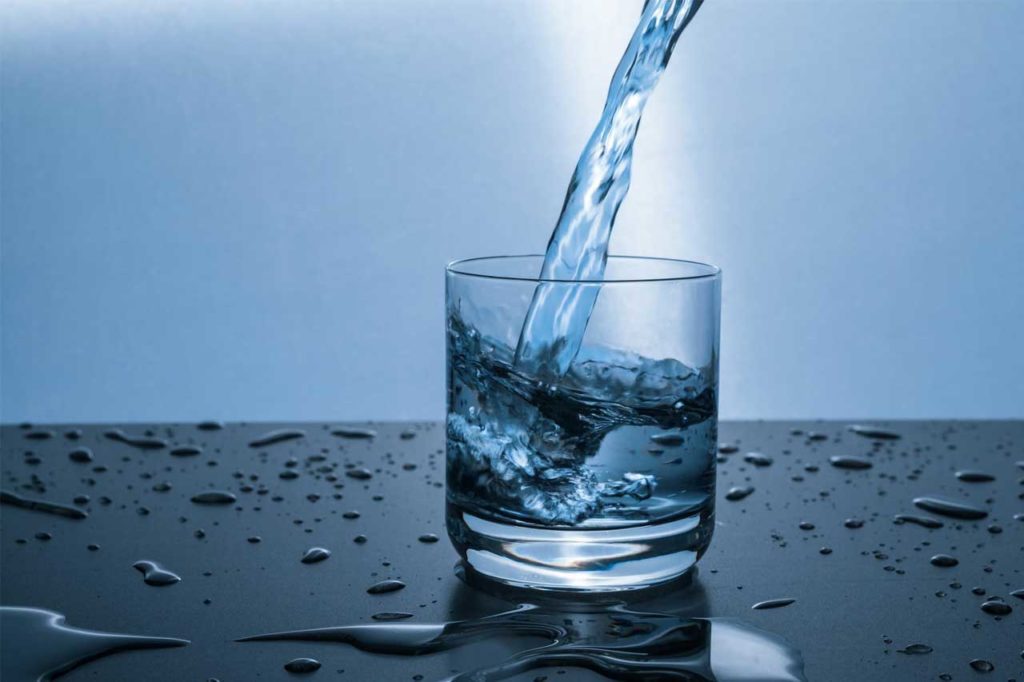Technology is the buzz word in all Economic analyses. It is truism to find the reason behind that. Technology is the main determinant of any production activity in the economy. It determines the productivity associated with a particular means of production. Whenever any producer or entrepreneur seeks to put any means of production into use, he will assess its desirability or viability by calculating its productivity. Higher the level of technology, higher will be the productivity. Obviously a means of production will find favor with the producer or entrepreneur when its productivity is high. Higher productivity necessarily means a higher technology. But higher the level of technology associated with any means of production, higher will be its price. It will require the producer or entrepreneur to take a call on its procurement. Since higher price means higher investment, ultimately it means that better technology always happens to be costly. That is where the producer or entrepreneur has to take the call. He has to determine the level of technology he wants to put in use.
Technology does not necessarily mean the use of a very sophisticated means of production. Any means of production has a technology associated with it. Technology means use of tools for the purpose of production. That tool may be a pristine plough or an automatic tiller, a sickle or a sophisticated harvester. The level of the technology depends on the financial investment the producer or entrepreneur can afford to invest in the production activity. When we consider the rural context, we will have to consider the economic backwardness of the rural people. In India about one third of the rural population live below the poverty line. Poverty is rampant here, especially in the states Rajasthan, Madhya Pradesh, Uttar Pradesh, Bihar, Jharkhand, Odisha, Chhattisgarh and West Bengal. Of course there are big farmers, who happen to be of the Kulak character. But even the Kulaks of India cannot match the capitalist farmers of the United States, who use harvester, helicopter etc for different agricultural operations. In fact the automation in the farm sector has reached such a level in the United States that a single farmer easily manages a 1,000 acre plot of cultivated land all by himself, without the aid of any agricultural labourer. But India is not the United States. Even the big farmers of India would be included in the group of medium income range only had they lived in the United States. So when we talk of technology in the Indian context, we have to remember that we are dealing with a socio-economic set-up where the over-all standard of living is not very high. In such a miliu, the choice of technology in India cannot but be constrained by the dearth of finance. We have to decide about the selection of technology keeping that constraint in mind.
The most important aspect of rural development is facilitating pure drinking water. It is because unhygienic drinking water is the source of many ailments. Water-borne diseases are mostly caused by pathogenic micro-organisms. Dracunculiasis, Malaria, Legionellosis, Diarrhoea, Schistosomiasis, Hymenolepiasis, Echinococcosis, Ascariasis, Enterobiasis, Cholera, Dysentery, Leptospirosis etc are some examples of water-borne diseases. It is mostly the rural folk living in unhygienic conditions who suffer from these diseases. These can be avoided only if pure drinking water is made available to all. Then people will remain healthy and no man-days will be lost due to diseases. Until and unless pure drinking water is made available to all and sundry, rural development will remain a distant dream. Health determines the productivity of the agricultural labourers and pure drinking water is an imperative to ensure sound health. But this basic developmental requirement is ignored by the big economists and of course the bureaucrats, who cannot fathom the low standard of living of the vast rural majority. They take it for granted and do not even think that there is a need to supply pure drinking water to our rural folk. But the reality is that most of the villagers drink polluted water. Their water sources are unhygienic as they cannot afford to have safe sources of drinking water on their own and hence draw the same from ill-maintained common sources.
The traditional source of pure drinking water was filter. But it is now widely known that filtering can only remove gross objects, not subtle impurities like bacteria. Boiling the water is known to ensure pure drinking water. The enteric pathogens are killed when the water is heated above 60°C (140°F) and they are fully annihilated at 70°C (160°F) when heated for 30 minutes. But this method has gradually been dispensed with due to massive scarcity of fuel as no one can afford to boil water for 30 minutes. In urban water supply projects chlorination has been used as the technology to ensure pure drinking water. But that technology has become obsolete with new technology being available. We should take resort to modern methods like applying ozone or e-gamma radiation on water to kill the germs instantly. These methods are better than chlorination too. Ozone is 50 % more effective and 3,200 times faster than Chlorine in killing pathogens. Here comes the use and relevance of modern technology.
But the catch is that the price of a household size apparatus for preparing pure drinking water by applying ozone or e-gamma radiation on water is currently minimum Rs 8,000. This amount cannot be mobilized by an agricultural labourer earning about Rs 3,000 per month. Even land owning families find it beyond their budget to purchase such a water-purifier machine. But if we examine it from a middle-class perspective, it is not a luxury, but an essential thing. The solution in such a situation would be to procure such things for community use in public places by funding from public exchequer under social security schemes like MGENREGA etc. The government can even engage its agencies in Science and Technology Department to innovate low cost models of such water-purifier machines. If public sector engages itself in producing such things, it can be made available at cost of production. It will then be within the reach of the rural people. The rural banks can also finance purchase of such water-purifier machines. Technology must be brought to people by the state if people cannot afford it due to financial constraint. People have right to technology. It is the duty of the government to ensure that right.
Yet another issue in this context is the availability of power. The water-purifier machines referred to above require electricity for operating them. But the Indian reality is that most of the villages in our country do not have regular power supply, some of them do not have any supply at all. So even if the water-purifier machines are supplied by the state, these would not be useful in the rural society if the power situation does not improve. One way out of this bleak scenario is installation of solar power sources along with the community water sources to be supplied by the state. A single power source and a single pure drinking water source can easily be accommodated in numerous social security schemes already under operation. No separate legislation is necessary for doing these minor things. This is how better technology can be made available to our rural people in the present set-up itself.




